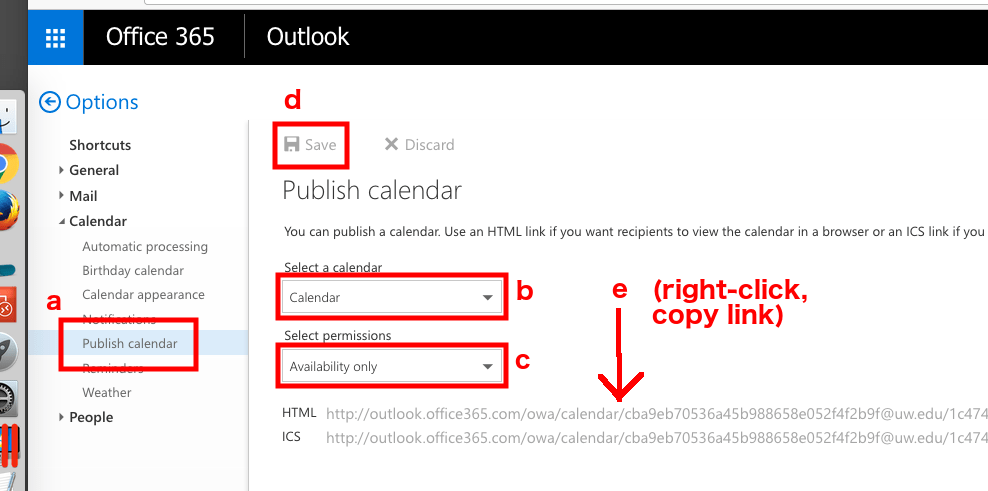Many of us expect email to be delivered instantly. Although it is usually very fast, there are many factors that affect the delivery time and most of us have unreasonable expectations based on the service that we use. This article will hopefully explain some of the things that can affect the delivery of email and spell out the level of service guaranteed by Microsoft.
In summary.
- The service design goal of Exchange Online is the delivery of email in less than one minute, but this is an average over a month and not for any one email message.
- Broken is considered an average delay of greater than 10 minutes over a month, again this is an average and does not apply to any individual email message.
- Any one message is considered delayed after three hours at which point the sender should get an information email.
- Any one message that is not delivered in three days is failed and the sender will get a NDR (Non-Delivery Report).
There are also other factors that affect the delivery of email.
- Exchange on-premise adds additional delay for Exchange Online users, this is usually under one minute (20-30 seconds seems normal) but can be up to five minutes. Currently, because of a requirement of a small number of users, all Exchange Online email is routed through an on-premise Exchange server. If there is a delay, this is usually where it occurs rather than with any Microsoft infrastructure.
- That said, routing email through an on-premise Exchange server has mitigated numerous other risks with corresponding cost reductions that would have been incurred by addressing them. It also lets the UW comply with ISO 27001, ISO 27018, Safe Harbor, SSAE16 SOC1 Type II, SOC2 Type II and FISMA. Very few cloud-only (or even any) email providers can claim this.

